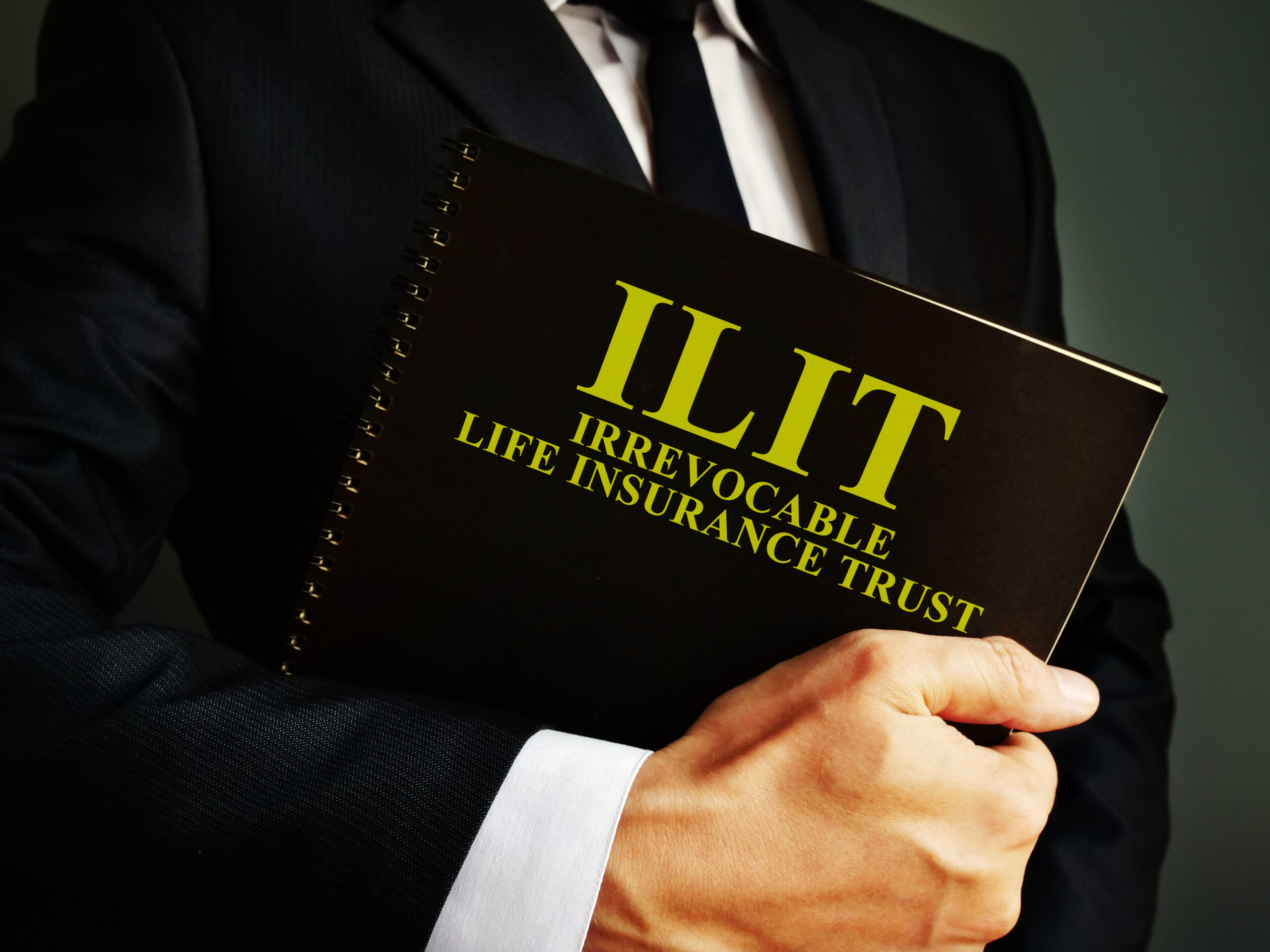
John Morton
For those of us who are charitably inclined, we will give to our favorite charities because of the good that it does and how it makes us feel. But for many folks, there are often tax strategies available that would help save us money on our tax bills while giving generously. The problem is that many people are not aware of how to best utilize the tax law and apply it to their situation. The Qualified Charitable Distribution (QCD) strategy is one such technique that we help a lot of our retired clients implement.
What is a Qualified Charitable Distribution (QCD)?
Available to taxpayers over the age of 70.5, this piece of the tax code allows IRA holders to make a tax-free distribution from their retirement accounts directly to qualified charities. Normally, IRA accounts consist of pre-tax money that is then taxed when distributed, so the tax-free nature of these distributions is a huge benefit to retirees who are looking to make the best use of their pre-tax savings and benefit their favorite charities.
What are the rules for a QCD?
To be eligible to make a QCD from an IRA account, the account holder must be age 70.5 at the time of the distribution. Notably, the rules do not allow the distribution to qualify as tax-free unless that age threshold has been met – it is not just the year in which someone would turn age 70.5. Additionally, the money must come from an IRA account. For folks with pre-tax money in other types of retirement accounts, such as a 401(k), they’d have to roll over (transfer) the money into an IRA.
When making donations, the money must go directly to a qualified charity. The government doesn’t allow taxpayers to game the system by making donations out to a donor-advised fund, private foundation, etc. and we’d advise making sure that the charity would have a qualified status prior to making the gift.
Eligible taxpayers could make multiple donations to various charities. In aggregate, the IRS allows up to $105,000 of QCDs to be tax-free in 2024 (per person limit). The Secure Act 2.0 stipulates that this limit will index with inflation, so expect that amount to keep going up annually.
Two major pitfalls to look out for!
Pitfall #1:
As mentioned above, the money must go directly to charity to count as a QCD. A common misconception is that someone could take money out of their IRA and then pass it on to a charity. That’s not the case. A distribution to anyone other than a qualified charity will result in the full taxation of that distribution. But if made directly to a charity, the distribution could qualify as tax-free.
For example: if someone took $10,000 from his IRA and then wrote a check from his bank account for $1,000 to a charity, all $10,000 would be taxable income. This person could potentially recoup some tax benefit by putting the $1,000 donation as an itemized deduction, but this is suboptimal – more on that below!
Working with an advisor like Boardwalk ensures that 1) your donations meet all the criteria to be tax-free and 2) it is done in an easy manner. We set up our clients with a dedicated checkbook to donate directly from their IRA account, manage the cash in the account to meet donations as needed and keep the rest of the balance growing, and keep track of donations for you.
Pitfall #2:
When distributions are made from an IRA account, the custodian (think: Schwab, Fidelity, etc.) will report the total on a 1099-R for that tax year. However, IRA custodians will NOT report whether any/all of the distributions qualified as QCDs. Without keeping track of this, the benefits of making QCDs are lost.
Here’s an example: This year, a 72-year-old taxpayer took $50,000 out of her IRA for spending and gave an additional $10,000 check directly from the custodian to her favorite charity. She’s met all the rules for that $10,000 donation to be excluded from her income BUT the custodian still reports $60,000 of taxable income on her 1099-R for 2024. Unless she specifies on her tax return that $10,000 of her 1099-R taxable income is actually a QCD, she will get taxed on all $60,000. Tax preparers will not know whether distributions were QCD (all or in part) unless told and, even then, they still must report it accurately on the return.
Working with an advisor like Boardwalk ensures that 1) you have someone to communicate with your CPA and 2) your tax return is double-checked for accuracy. No point going through all this hassle only to not get a tax benefit!
Why would a QCD be better than writing a check?
Here’s where the true benefits of a QCD get recognized. Especially if a taxpayer is already itemizing their deductions, the benefit of going through the hoops to make a QCD might not be evident. However, in nearly every case we’ve come across, the QCD strategy should be strongly considered in someone’s giving strategies if they are over age 70.5 and have pre-tax assets. Here’s why.
Itemized deductions might not always be in play, especially after the TCJA raised the standard deduction. Unless a taxpayer already has enough deductions through mortgage interest, property taxes, etc. to eclipse the standard deduction threshold (for age 65+: $16,150 if filing single and $32,300 if filing joint), then there is little or no benefit to itemizing charitable donations. For example: a married couple with $20,000 of mortgage interest and property taxes would be well below the standard deduction. If they gave to charity, the first $12,300 of donations would not provide any tax benefit and only donations above that amount would start to save them on taxes.
Conversely, a QCD is totally excluded from taxable income to begin with. Continuing with the previous example of a couple that had $20,000 of non-charitable itemized deductions: if they decided to give $10,000 to charity via QCDs, they would lower their income by $10,000 AND still get to take the full standard deduction of $32,300. It’s potentially thousands of dollars in tax savings that would otherwise be missed.
There are also a slew of other potential tax benefits from having lower income (not just lower taxable income). Here are some that might apply to you:
1. QCDs could lower how much of your Social Security income is taxable.
2. QCDs could allow more of your itemized medical expenses to be deducted.
3. QCDs lower your income for calculating your Medicare Part B and D premiums. Missing an IRMAA tier by even one dollar results in higher premiums, so even a small donation via QCD could result in thousands of dollars in saved premiums.
4. QCDs could make you eligible for various income-based tax credits.
5. QCDs could impact your Net Investment Income tax, saving you 3.8% in taxes on your investment income on top of your marginal tax rate.
A final benefit and potential pitfall: QCDs count towards a Required Minimum Distribution (RMD)
Taxpayers over the age of 70.5 used to be subject to required minimum distributions (RMDs). After the Secure Act was passed in 2020, that age has been pushed back: if you’re not already taking RMDs, then you will be at either 1) age 73 if born before 12/31/1959 or 2) age 75 if born in or after 1960. RMDs are calculated from someone’s pre-tax savings and age. The amount that must be taken varies, but one thing is certain: it’s taxable income!
A qualified charitable distribution (QCD) can count towards someone’s RMD. This is great news because it allows for some tax planning for clients that are charitably inclined. So for someone with a $50,000 RMD in 2024: if $10,000 was given as a QCD and then the remaining $40,000 was distributed to that person’s bank account, that person would only have $40,000 of taxable income despite having satisfied the government’s requirement to take $50,000 of pre-tax money out of his or her IRA account.
The pitfall? The QCD must occur prior to the balance of the RMD being distributed. If someone takes their RMD first, they won’t have the opportunity to lower their taxable income. However, the QCD is still excluded from income and so it remains one of the best ways to give to charity even if someone needs to take his or her full RMD for living expenses.
Working with an advisor at Boardwalk means that we carefully review your tax situation each year and consider how your tax situation will change in the future. Our recommendations don’t stop at utilizing QCDs – if we identify an opportunity to slide under an IRMAA tier, drop a tax bracket, or lower the taxability of Social Security by increasing your QCDs by a specific amount or pulling forward your donations from a future tax year into the current one, we’ll show you how it could save you a lot in taxes. (And follow through to make sure your CPA reflects it properly on your tax return!)
Please don’t hesitate to reach out to us with any questions on how to save money through your generous donations.



